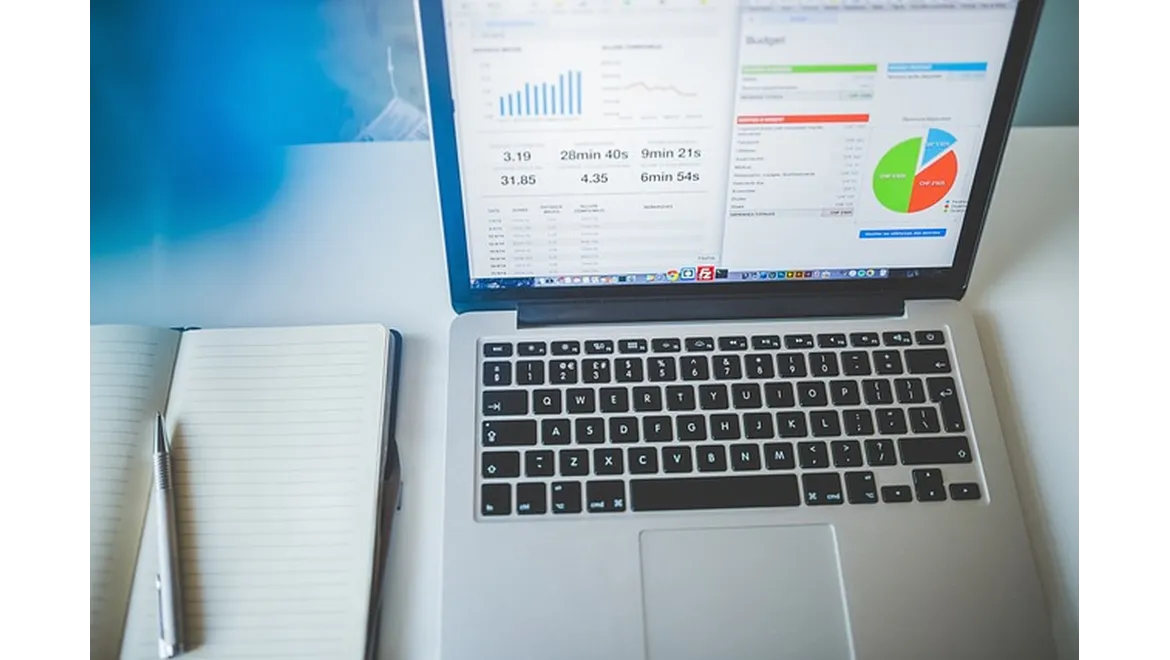As someone who thrives on social media, I’ve always been on the lookout for ways to optimise my posting schedule and stay ahead of the curve. Predictive analytics has been a game-changer for me in forecasting social media trends and ensuring my content hits the mark every time. Let me walk you through how I’ve harnessed this technology to enhance my social media strategy.
Understanding Predictive Analytics
Predictive analytics uses historical data, statistical algorithms, and machine learning techniques to identify the likelihood of future outcomes based on the data. In the context of social media, it can help forecast trends, user engagement, and optimal posting times. Recognising the potential of this tool, I decided to integrate predictive analytics into my social media strategy.
Gathering Historical Data
The first step in this journey is gathering historical data from my social media platforms. I started by exporting data from Facebook, Twitter, and Instagram. Most social media platforms provide analytics tools that allow you to download historical data, including post performance, engagement metrics, and follower growth. For a more comprehensive dataset, I used third-party tools like Hootsuite and Sprout Social, which aggregate data from multiple platforms.
Cleaning and Preparing the Data
Once I had my hands on the raw data, the next step was to clean and prepare it for analysis. This involved removing duplicate entries, correcting any errors, and ensuring consistency in the data format. I used Excel for this initial step, but Python or R are also excellent tools for data cleaning. Ensuring the data is accurate and clean is crucial, as any discrepancies can lead to incorrect predictions.
Analysing the Data
With my cleaned dataset ready, I moved on to the analysis phase. I chose to use a combination of Python libraries like Pandas for data manipulation and Matplotlib for visualisation. I started by identifying patterns in my posting history and engagement metrics. For instance, I looked at which days and times my posts received the most engagement, which type of content performed best, and how my follower growth correlated with my posting frequency.
Building the Predictive Model
After understanding the historical patterns, I moved on to building the predictive model. I used machine learning algorithms, specifically time series analysis and regression models, to forecast future trends. Tools like Scikit-learn and TensorFlow were instrumental in this phase. I trained the model using my historical data, allowing it to learn from past trends and make accurate predictions.
Testing and Refining the Model
Building the model was only half the battle; the next step was testing and refining it. I split my data into training and testing sets to evaluate the model’s accuracy. By comparing the model’s predictions with the actual data, I could assess its performance and make necessary adjustments. This iterative process ensured that the model became more accurate over time.
Implementing the Insights
Armed with accurate predictions, I started implementing the insights into my social media strategy. The model forecasted the optimal times for posting, which types of content would likely perform best, and upcoming trends that I could capitalise on. For example, I discovered that my audience was most active on Thursday evenings, so I scheduled my most important posts for that time slot.
Monitoring and Adjusting
Predictive analytics isn’t a one-time task; it requires ongoing monitoring and adjustment. I continuously fed new data into the model and adjusted my strategy based on the latest predictions. This dynamic approach ensured that my social media strategy remained relevant and effective in the ever-changing landscape of social media.
Tools and Resources
Throughout this journey, several tools and resources proved invaluable:
– Hootsuite and Sprout Social for data aggregation and initial insights.
– Excel, Python (Pandas and Matplotlib) for data cleaning and initial analysis.
– Scikit-learn and TensorFlow for building and refining predictive models.
– Online courses and tutorials, especially on platforms like Coursera and Udemy, helped me understand the intricacies of predictive analytics.
A Holistic Approach
Integrating predictive analytics into my social media strategy has been transformative. By leveraging historical data and advanced algorithms, I’ve been able to forecast trends, optimise my posting schedule, and significantly enhance my engagement metrics. This approach has not only saved me time but also ensured that my content consistently resonates with my audience.
In summary, predictive analytics offers a powerful way to stay ahead in the fast-paced world of social media. By systematically gathering, cleaning, and analysing data, building and refining predictive models, and continuously implementing and adjusting based on insights, anyone can optimise their social media strategy and achieve remarkable results.











